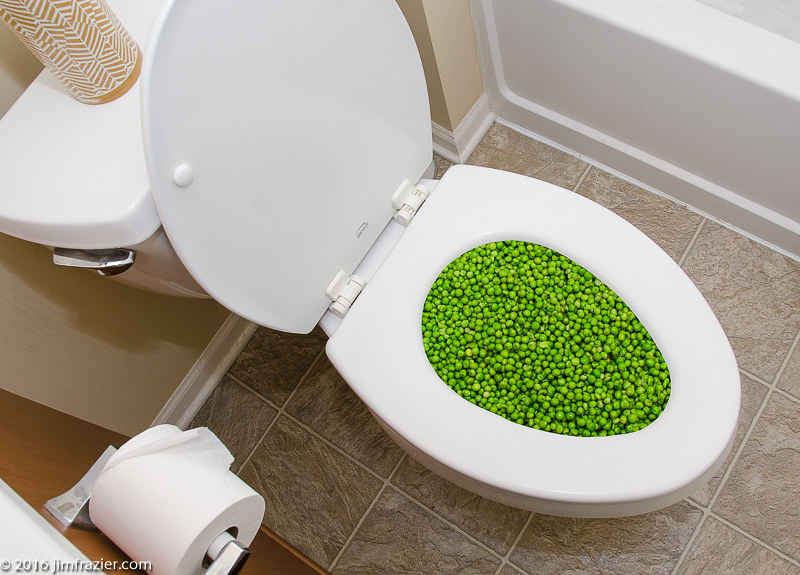Everyone maintains their own unique way of thinking on the subject of Is it safe to flush food (especially rice) down the toilet?.

Intro
Many people are typically faced with the problem of what to do with food waste, especially when it comes to leftovers or scraps. One common inquiry that develops is whether it's alright to purge food down the bathroom. In this article, we'll look into the reasons individuals might take into consideration flushing food, the repercussions of doing so, and alternative techniques for correct disposal.
Reasons why people might consider flushing food
Absence of recognition
Some people might not be aware of the potential harm triggered by purging food down the commode. They might incorrectly think that it's a harmless technique.
Benefit
Purging food down the toilet might appear like a quick and easy service to throwing away undesirable scraps, specifically when there's no close-by trash bin readily available.
Negligence
In some cases, individuals might simply select to flush food out of sheer negligence, without considering the repercussions of their activities.
Consequences of flushing food down the bathroom
Ecological impact
Food waste that ends up in waterways can contribute to air pollution and injury aquatic ecosystems. Furthermore, the water utilized to flush food can strain water resources.
Pipes concerns
Purging food can bring about clogged pipelines and drains pipes, triggering expensive pipes repairs and hassles.
Types of food that need to not be purged
Coarse foods
Foods with fibrous appearances such as celery or corn husks can get entangled in pipes and cause blockages.
Starchy foods
Starchy foods like pasta and rice can absorb water and swell, causing obstructions in pipelines.
Oils and fats
Greasy foods like bacon or food preparation oils ought to never ever be flushed down the toilet as they can solidify and create blockages.
Proper disposal techniques for food waste
Making use of a garbage disposal
For homes outfitted with waste disposal unit, food scraps can be ground up and purged via the pipes system. Nonetheless, not all foods appropriate for disposal in this fashion.
Recycling
Particular food packaging products can be reused, decreasing waste and lessening ecological impact.
Composting
Composting is an environment-friendly way to get rid of food waste. Organic materials can be composted and utilized to enhance soil for horticulture.
The relevance of correct waste monitoring
Minimizing environmental damage
Proper waste administration methods, such as composting and recycling, assistance reduce contamination and preserve natural deposits for future generations.
Safeguarding plumbing systems
By staying clear of the practice of flushing food down the bathroom, home owners can avoid pricey pipes fixings and maintain the stability of their plumbing systems.
Conclusion
To conclude, while it may be appealing to purge food down the toilet for benefit, it is essential to understand the potential repercussions of this activity. By embracing proper waste management methods and getting rid of food waste responsibly, people can contribute to much healthier pipes systems and a cleaner setting for all.
FLUSH FOOD DOWN THE TOILET?
FLUSHING FOOD CAN CAUSE BLOCKED DRAINS IN YOUR HOME
All of the plumbing fixtures in your home are connected to the same sewer pipe outside of your home. This outdoor sewer pipe is responsible for transporting all the wastewater from your home to the Council sewer mains. Even small pieces of food that go down the kitchen sink can cause problems for your sewer. It should therefore be obvious that flushing larger bits of food, such as meat, risks a clog in either the toilet itself or the sewer pipes. Flushing greasy food is even more problematic because oil coagulates when it cools, coating the interior lining of your pipes.
THE TOILET IS NOT A BIN
Food isn’t the only thing that people shouldn’t be flushing down the toilet. People use the toilet to dispose of all kinds of things such as tampons, makeup wipes, dental floss, kitty litter and even underwear. Water goes to great lengths to educate residents about the high costs and stress placed on wastewater treatment systems simply from people flushing the wrong stuff down the toilet. It costs taxpayers millions of dollars each year, and homeowners thousands in blocked drain repairs.
FLUSHING FOOD IS A WASTE OF WATER
Flushing food is a waste of our most precious resource - water. In June this year Level 1 water restrictions were introduced to protect water supply from drought conditions. Much of New South Wales continues to be affected by prolonged drought with recent figures revealing up to 97 per cent of the state remains in drought. Depending on whether you have a single or dual flush toilet, every single flush uses between five and 11 litres of water. In the current climate this is a huge amount of water to be wasting on flushing food that should be placed in the bin (or better yet, the compost).
https://www.jabplumbingsolutions.com.au/blog/can-you-flush-food-down-the-toilet

I was shown that report on What Can Happen If You Flush Food Down the Toilet? from a good friend on our other web address. Do you know another individual who is fascinated about the subject? Do not hesitate to share it. I love your readership.
About This